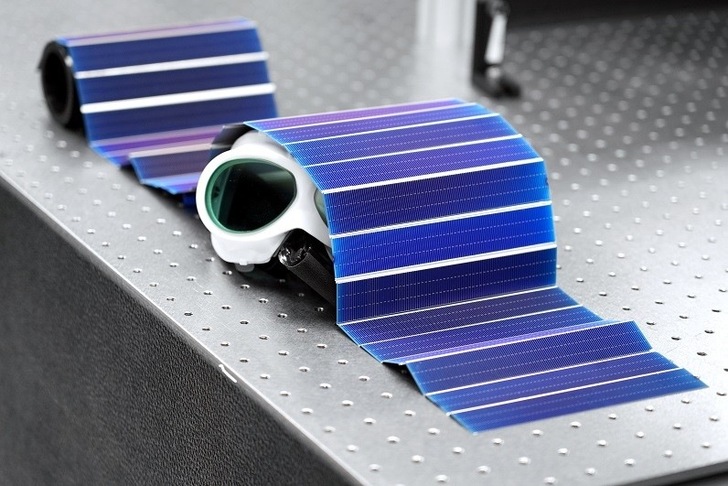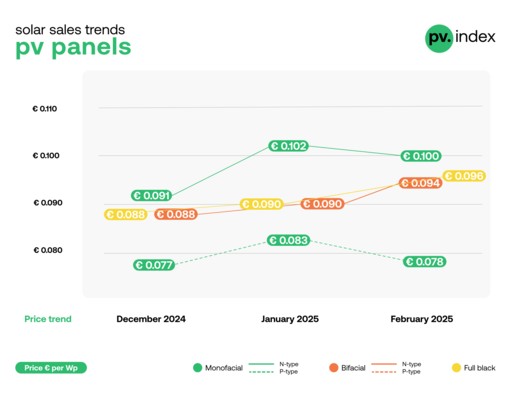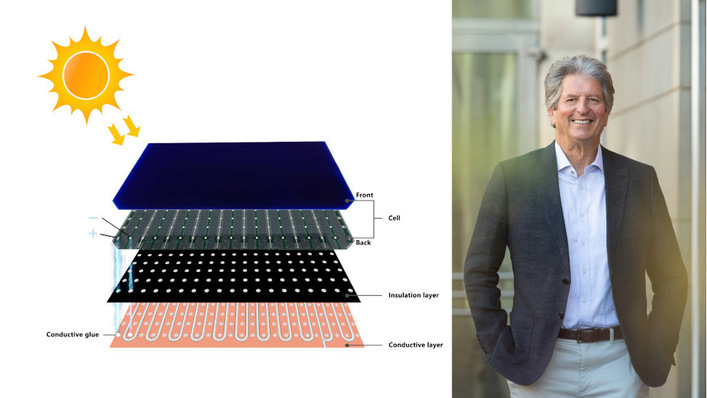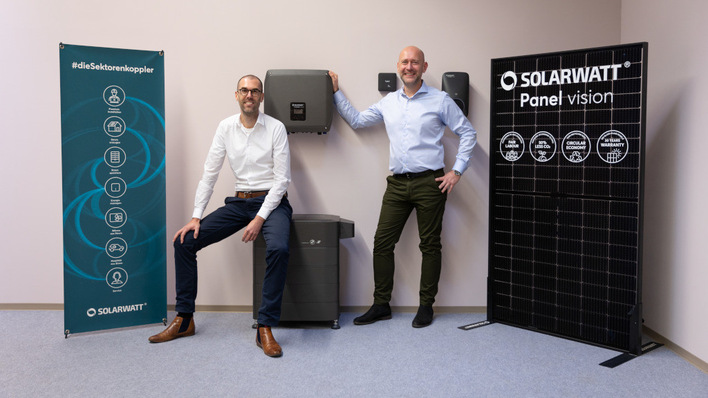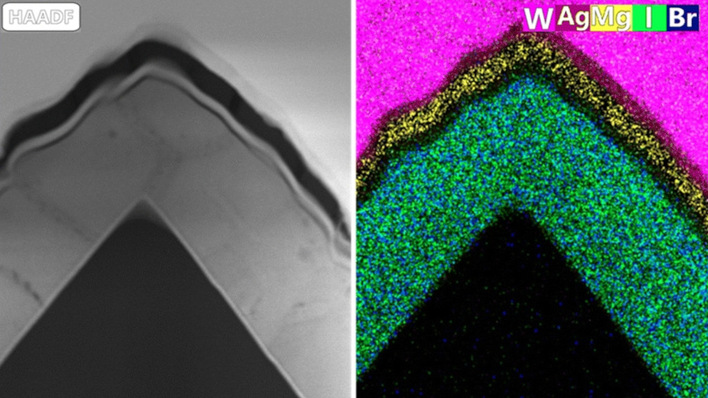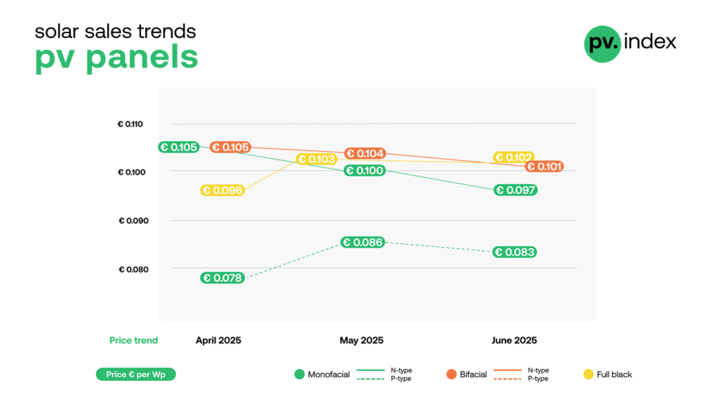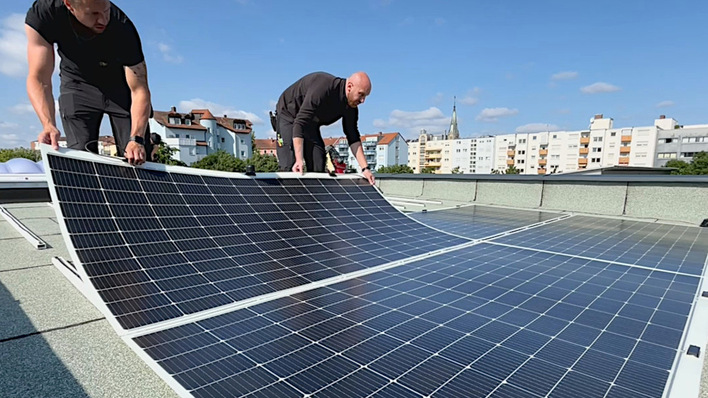According to Fraunhofer ISE, the mechanically flexible connection enables not only a curved design of the string but also an arrangement as shingled cells for maximum module efficiency. In addition, the juxtaposition of cells with a small distance between them, which is common in mass production, becomes feasible for the most cost-efficient module construction. At Intersolar Europe, the institute presented a solar cell string consisting of 30 cells that was interconnected using the laser process.
30 per cent less silver
In the new laser-based interconnection concept, a thin strip of aluminium foil connects the neighbouring cells to each other. The ISE researchers succeeded in connecting the foil directly to the conductor tracks by means of a special laser micro-welding process and bonding it to the silicon nitride surface in the intermediate finger area. The whole process takes less than a tenth of a second per wafer.
See also: Producing solar cells faster with rotary screen printing
It ensures very low contact resistances between the foil and the electrodes and thus enables the highest module efficiencies. The highlight: the process no longer requires the silver busbars and solder pads that would otherwise be necessary for interconnection. Depending on the electrode layout, up to 30 per cent silver can be saved. In addition, the copper connectors encased in leaded solder or the silver-containing adhesive are replaced by more cost-effective aluminium.
Strong connection, only low resistance
The trend in wafer production has been leading to ever larger formats in the solar industry for years. Therefore, it has become the industry standard to split the large cells. "If you connect many small cells instead of a few large ones, the current and resistance loss generated in them becomes smaller and the voltage larger," explains Jan Paschen, a researcher in the Laser Process Technology group at Fraunhofer ISE. Despite these advantageous properties, a solar module consisting of many small cells is more complex and expensive to connect - which is exactly what Paschen addresses with the Foilmet technology.
Also interesting: Fraunhofer ISE settles in patent disputes over inverter technology
The attachment of the foil in the inter-finger area leads to a strong mechanical adhesion that exceeds the strength of the metal foil. The high mechanical flexibility of the foil allows both interconnection in shingle design, in which the solar cells form a slight overlap, and the arrangement of the cells directly next to each other. The interconnection method can be used equally for Perc and Topcon solar cells. Next, the research team plans to set up a pilot plant in order to be able to produce larger quantities in a reproducible manner. (nhp/mfo)


